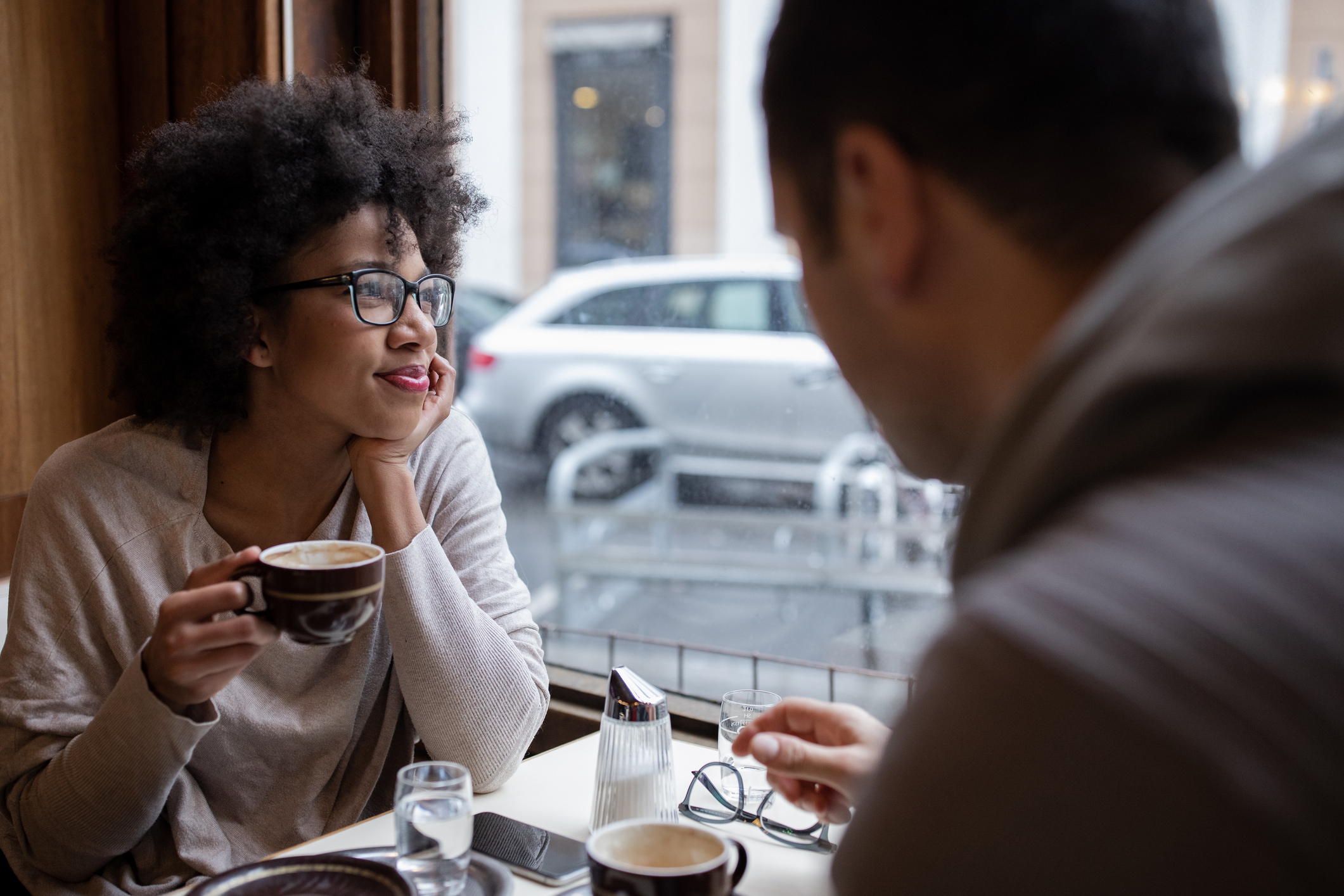
Whether you’re the family’s designated travel coordinator, or better known for your exceptional solo-adventure itineraries, travel planning takes patience, persistence, and sometimes a bit of luck. And while there’s no greater feeling than seeing a trip idea manifest into a perfectly planned getaway, after your hard work is complete, you shouldn’t need a vacation from your vacation.
Here are five tips for taking the stress out of travel—and travel planning—and actually relaxing on your next vacation.
1. Keep your travel plans organized
In a recent TripIt survey, nearly two-thirds of Americans said relaxation was a top priority on a trip. And for many, a relaxing trip is synonymous with one that’s well organized.
One way to keep your trip organized is to automatically add your travel plans to TripIt by turning on Inbox Sync. Inbox Sync connects your Gmail, Google Workspace, Yahoo! Mail, and Outlook inboxes with your TripIt account.
Once connected, your travel plans are automatically added to your TripIt account. You never have to remember to forward an email to plans@ (though that works, too!). TripIt will scan your inbox(es) for travel plans, then automatically import them into TripIt.
“Sometimes I book things and forget about them, but TripIt automatically keeps track of everything for me, creating a seamless itinerary I can access anytime,” says Nicole Phillip, social media strategist and content creator.
Fellow content creator and budget-travel hacking coach Kendyl Grender agrees: “TripIt is my go-to app for everything itinerary-related. I turned on Inbox Sync to ensure that all travel bookings are automatically sent to TripIt to create a comprehensive itinerary for every trip. I also upload any tickets so that everything is not only in one place, but also available offline.
“My trips are almost always complicated—they’re often multi-week trips, involving half a dozen countries, cities, flights, and so on—and TripIt handles it all. It gives me peace of mind ahead of every trip.”
2. Take a coolcation
Many popular tourist destinations, like Italy, France, and Greece, are prone to summer heat waves—tipping already warm-weather destinations into uncomfortable (and in some cases, unbearable) conditions. Experiencing heat exhaustion—or worse, heat stroke—is no one’s idea of a relaxing vacation.
Instead, take a coolcation—i.e., a trip to a destination known for its cooler climate. In places like Scotland, Iceland, or Denmark, you can still enjoy the summer sun, but at a comfortable temperature.
Plus, choosing an alternative destination can help you get off the beaten path. This could mean fewer tourists, more authentic and local experiences, and better value for your money—all factors that point to a relaxing vacation.
Read more: A Guide to Coolcations: What They Are and Where to Take Them
3. Get ahead of travel disruptions
Survey data TripIt published in June shows that, of those who took a flight in the past three months, one-third (33%) experienced some sort of flight disruption. The most common disruption was a delay of an hour or more.
I get it: just the thought of your travel plans going awry is stress-inducing. But that’s why having the right tools can help you anticipate disruptions—and more easily get your trip back on track.
TripIt Pro’s latest feature, Risk Alerts, notifies you when a potential disruption may impact your trip—even before they result in a flight delay or cancellation. These proactive alerts keep you in the know, so you can make informed decisions and stay agile as unexpected situations arise.
4. Plan a self-care day
A vacation, by definition, is a time when regular activity is suspended. In other words, you get to rest. Your brain and your body need a break—but it’s sometimes hard to prioritize one. And then there’s the urge to overplan a trip, maximizing your getaway with day activities and late nights out. No wonder so many of us come back from vacation more tired than when we left.
TL;DR: Planning a day to relax is critical for rejuvenating and revitalizing your body. This is your chance to prioritize you. Catch up on sleep. Read a book. Book a massage. Whatever you do, make sure it's in the name of self-care.
5. Make safety a priority
Relaxation and safety go hand in hand. To help make informed decisions about safety on your trips, Abigail Akinyemi, solo-travel expert, recommends consulting TripIt’s Neighborhood Safety Scores to learn about the level of safety for the neighborhoods you’re visiting.
You can access hyperlocal safety ratings for myriad categories along any point within your TripIt itinerary for more than 65,000 cities and neighborhoods, including scores for overall safety, health and medical, physical harm, women’s safety, political freedoms, theft, and LGBTQ safety.
Related reading: 8 Expert Tips for Staying Safe While Traveling
She also recommends registering for STEP (if you’re an American traveler). “It’s helpful to receive the alerts—safety-related and otherwise. On a recent trip, I received a heads-up about a transit strike, which led me to make alternate plans—and kept my trip on track,” she says.
“And if you feel unsafe or uncomfortable in your room, ask the front desk to change it. It’s not an inconvenience; your safety—and peace of mind—are worth it.”

